|
Earlier this week I watched the last leaf gently fall from an oak tree. It was a fitting symbolic end to the literal denouement of autumn on the year’s shortest day. This massive Quercus seasonally revved down its engine, losing its abilities to create biological energy from solar energy, entering its winter slumber. But beneath the cold bark, the nourishing sap still flows. As the green leaves surrendered their chlorophyll and the carotenoids and anthocyanins took their brilliant fiery moment on the forest’s center stage, this ancient being experienced miraculous changes. Cellular fluids within the cells are concentrated with natural sugars (the same phenomenon which gives maple sugar its characteristic taste). This process also lowers the freezing point inside the cells and acts as a natural antifreeze. Nutrients and energy collected during the sunnier growing season are internalized and sequestered, awaiting the brighter days after the thaw to bud the next generation of leaves.
4 Comments
Autumn is meant to be spent outside. It’s the cold humidity. The sweet smell of fresh decay. Constant change as color erupts and shimmers different hues before fading into the winter monochrome. The aromas of smoke from fires meant for heat. This year, I was blessed with the opportunity to sink into the rhythms of phenology, where change hits you so hard and so magnificently that it takes your breath away each new day
During mysenior year of college, there was a spider that lived on our stoop. We had these wrought iron railings that provided a magnificent substrate for web-building. This spider found these nooks and these crannies and decided to make them its home. We called it Fluffy. Fluffy the spider lived on our railings for months and gave me more joy than I could have possibly imagined. It made the most intricately beautiful webs in our railings. At night, I would drink mint tea on my stoop and watch the light dance across the silky webs in the evening breeze. We enjoyed these webs so much that we bought crickets from a local pet store to feed Fluffy. Fluffy gave us fresh geometry for weeks in gratitude for the cricket offerings.
One of the most rewarding aspects of gorilla tracking in Bwindi Impenetrable National Park is the privilege of slowing down and living life at the pace of a gorilla, even if only for an hour. During these treks, after finding the gorillas, the speed and anticipation of tracking instantly dissipates into the steady rhythm of the troop. There is a deliberate and methodical slowness to most of their movements through the dense forest, which is a tempo that suits them well. Ecological interactions are mediated through space and time, and experiencing both alongside wild animals provide much clearer perspectives on how they interact with their environment, and encourages the human observer to reconsider their own pace in nature. As an ecologist, I find that extended periods of immersive observation give the deepest insights into the beauty of these complex systems.
Resisting the urge to fill up my cameras’ memory cards, I ultimately put down the lenses, and took in smells, sounds, and feelings of the forest and its gorilla inhabitants. This young one, particularly curious of the GoreTex clad stranger, provided a contemplative glance before wandering off to join its playmates. I can vividly recall the first time I encountered a lion in the wild. As far as lion sightings go, this one was rather nondescript, but it is indelibly scorched in my memory. It was a single lioness laying in midday shade next to a water hole in Tarangire National Park. Despite distance, I remember my initial reaction was marveling over her lean strength. Even in repose, her muscles were tensed like sinewy springs, belying an awesome predatory acumen. Since then I’ve had countless other lion encounters -like this one in Uganda’s Murchison Falls National Park - but they all invariably elicit that same sentiment of awe.
Some of my favorite people are rangers. It’s a profound privilege to work alongside these dedicated men and women in the field across Africa. Rangers are the foundation of protected area conservation….if policies are enacted or management recommendations made, they are the ones on the ground making it happen. From desnaring animals caught in poachers’ traps (like this giraffe) to acting as law enforcement agents in the vast wildernesses of national parks, to pulling security for road construction teams, to guiding researchers through unfamiliar terrain, rangers get it done.
Today is World Ranger Day, a day meant for honoring them. Many of them are in the field now, protecting our natural heritage, and likely won’t have the privilege to reflect on this outpouring of gratitude. While today is a special day to focus our appreciation, their work is unending and our gratitude should be too. Happy World Giraffe Day! These are the first wobbly moments of a newborn critically endangered Nubian giraffe. The uncertain and tenuous steps mark the beginning of a long, dangerous journey to becoming the tallest animal walking the earth. For many of them, it’s not an easy journey: in the wild, giraffe face the pervasive ecological challenges of predation, competition, disease, and uncertain resource distribution. Increasingly, however, many of their threats are manmade: illegal overhunting, habitat loss through land conversion, fragmentation through infrastructure development. Effective conservation of giraffe and animals like them requires understanding how to protect individuals, but also how to foster systems that support populations. Engaging local communities, providing support to local stakeholders, studying key ecological touchpoints for giraffe population dynamics, restoring habitat, protecting corridors and re-establishing populations through conservation translocations all play a role. These systems-level approaches necessitate an expansive toolkit, diverse expertise, and collaborative initiatives.
This year, World Giraffe Day Funds from the Giraffe Conservation Foundation are going to support ambitious conservation translocations in Mozambique to re-establish populations where civil war had decimated them decades ago. Through systems-level approaches like this ambitious translocation, organizations like the Giraffe Conservation Foundation, are working to make the journey of giraffe a little more secure. "It matters not how strait the gate,
How charged with punishments the scroll, I am the master of my fate, I am the captain of my soul." It's widely known that Ngorongoro Crater remains one of the best places to see big tuskers. Prior to a global ban on ivory trade enacted in 1989, elephants outside of formally protected areas were decimated by poachers. Ngorongoro Conservation Area, with its natural barriers and effective anti-poaching forces, was a relative haven for these massive bulls, and many found respite from the poachers’ bullets on the verdant crater floor. Bush elephants can live in excess of 60 years, so these bulls were likely refugees of the poaching crisis from the 1980’s. The genetics giving rise to these massive tusks have been thinned by intense human persecution: first by the old ivory hunters of the colonial era and then by the more modern ivory poachers of the second half of the 20th century. Such intense selective pressures favored smaller tusked and even tuskless elephants, with larger ivory becoming much rarer than it once was. These bulls are relics of ancient tuskers which were widespread just over a century ago
Yesterday, the United States Navy received a new class of officers graduating from the Naval Academy in Annapolis, Maryland. It’s the first time in my adult life that midshipmen weren’t graduating into a war in Afghanistan or Iraq. As a child, I went to the Naval Academy on several occasions with the Boy Scouts prior to September 11, when conflict seemed a distant possibility. I remember being astonished by the size of the mess hall. I remember them playing us scenes from ‘Top Gun’ to get us thinking the Navy was all about Tomcats and not at all about aircraft carrier maintenance. I remember the aging but storied facilities and a culture rooted in tradition and discipline. I remember earning my ‘Atomic Energy’ merit badge there, complete with a trip to an active reactor used to train nuclear submariners. Years later, I revisited Annapolis as an undergraduate from the nearby University of Maryland. When the midshipmen graduate, the Blue Angels, the Navy’s flight demonstration squadron, take the skies over Annapolis. Folks from all across Maryland come to line the banks of the Severn River as the F/A-18 Super Hornets scream up and down the waterway with wings just meters apart. Although the cynic in me contemplated the cost of operating these machines of war and calculated the carbon footprint of this celebratory display, the Boy Scout aged child in me marveled at these spectacularly engineered aircraft and the skilled aviators piloting them
|
AuthorMichael Brown Archives
December 2022
Categories |
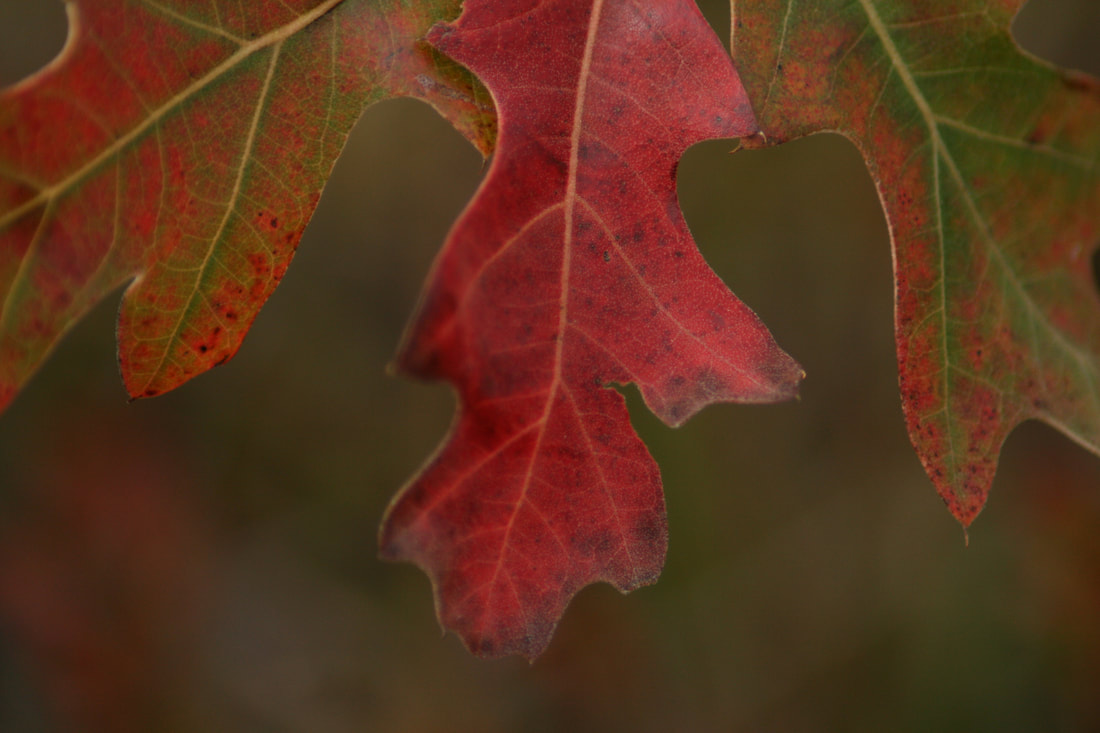
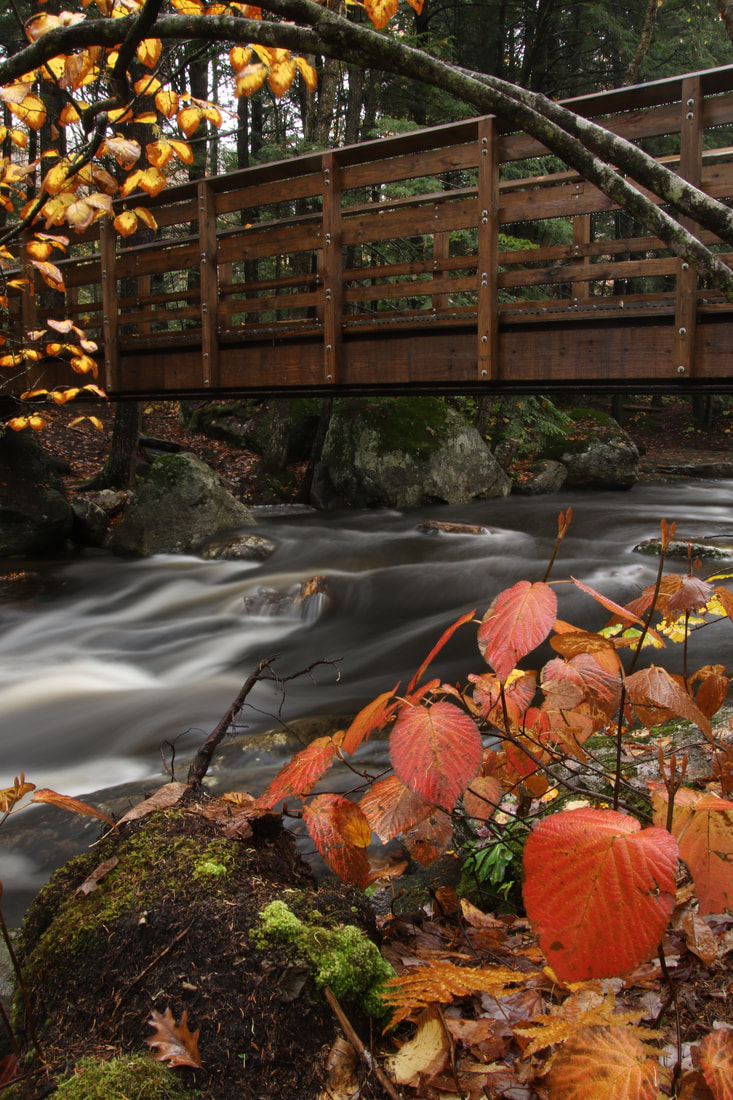
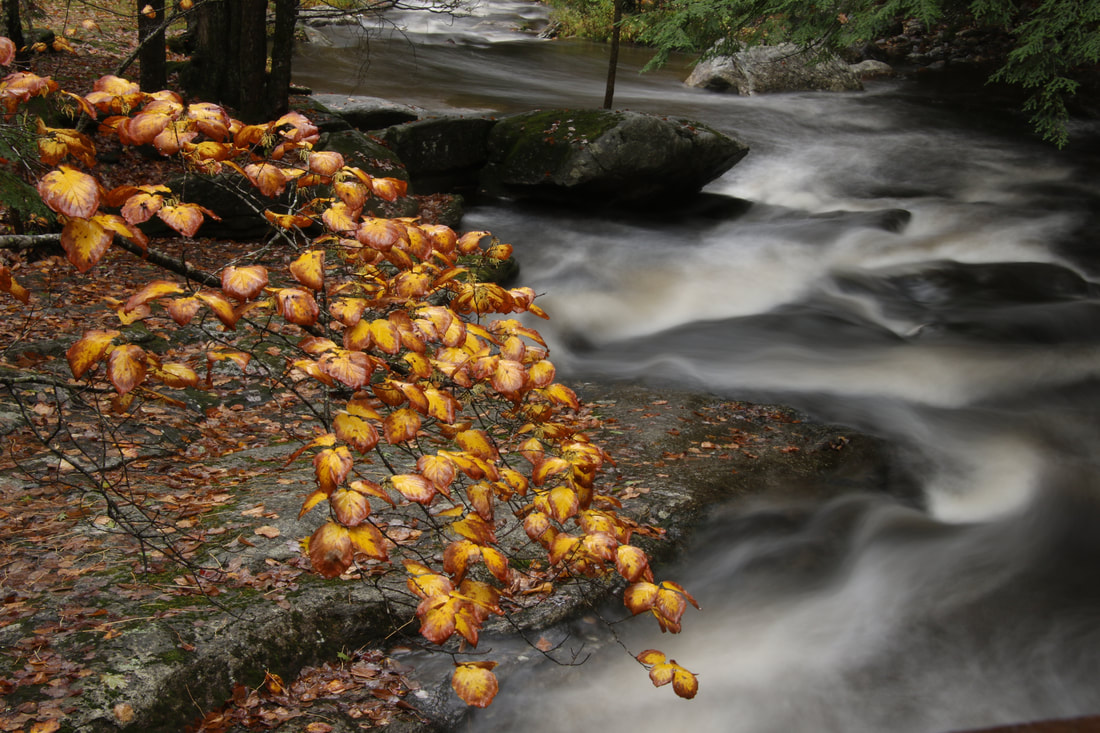
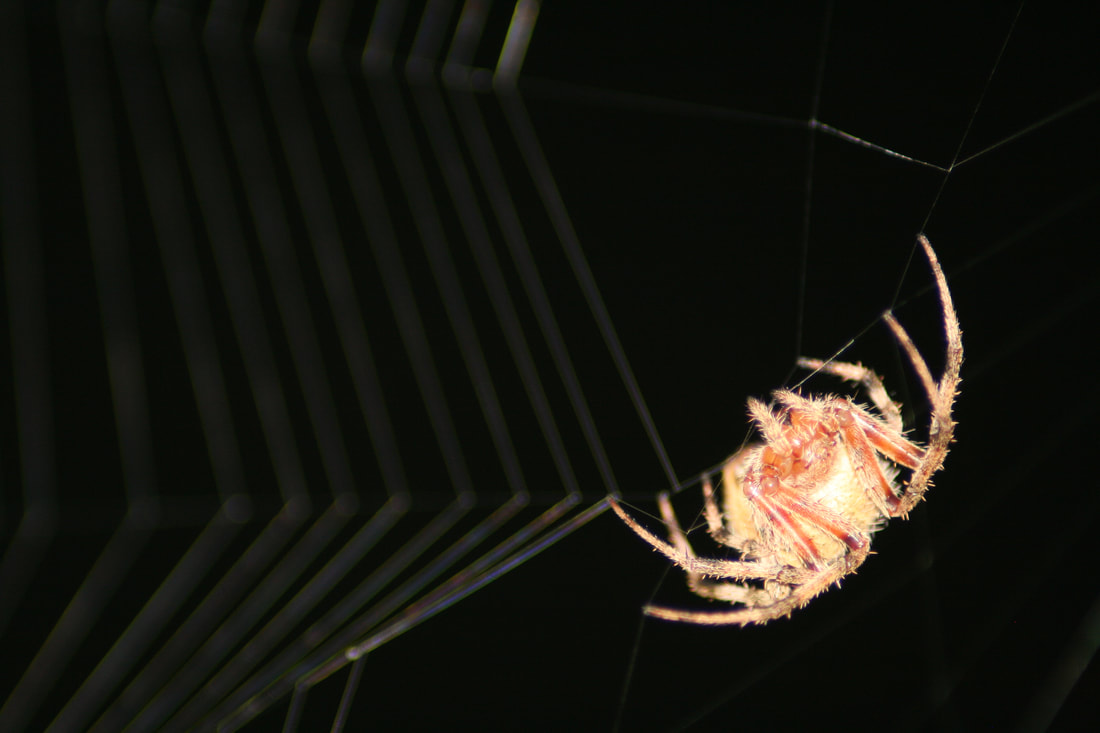
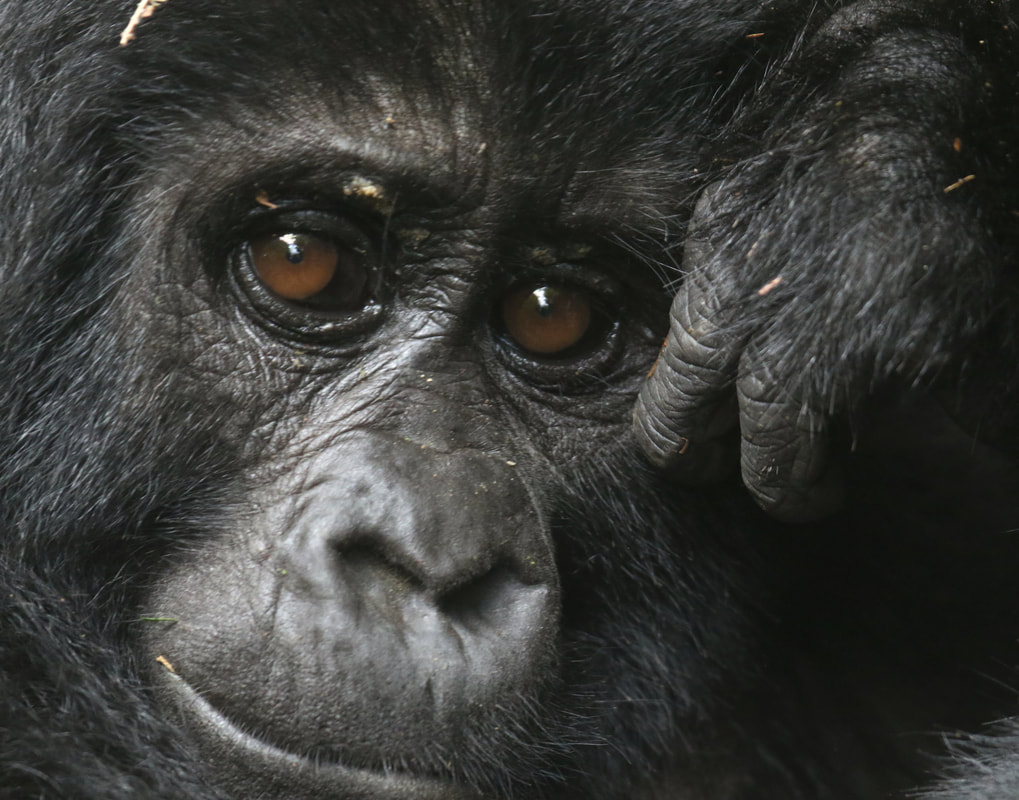
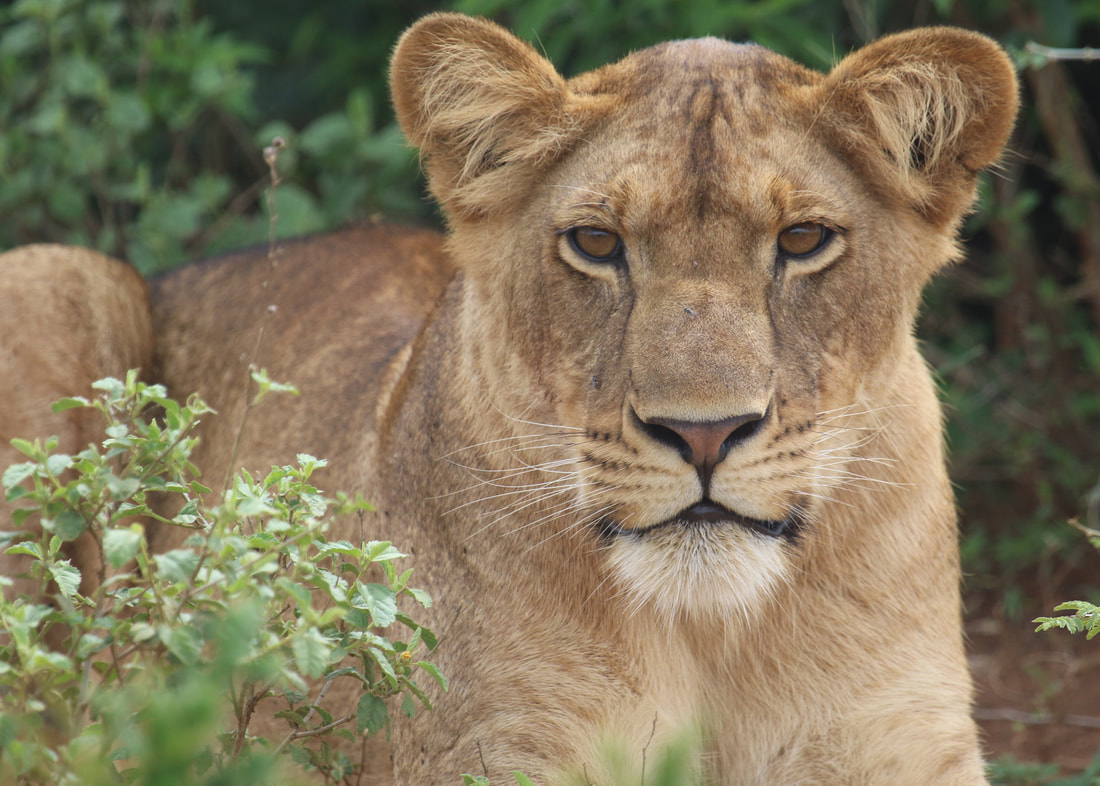
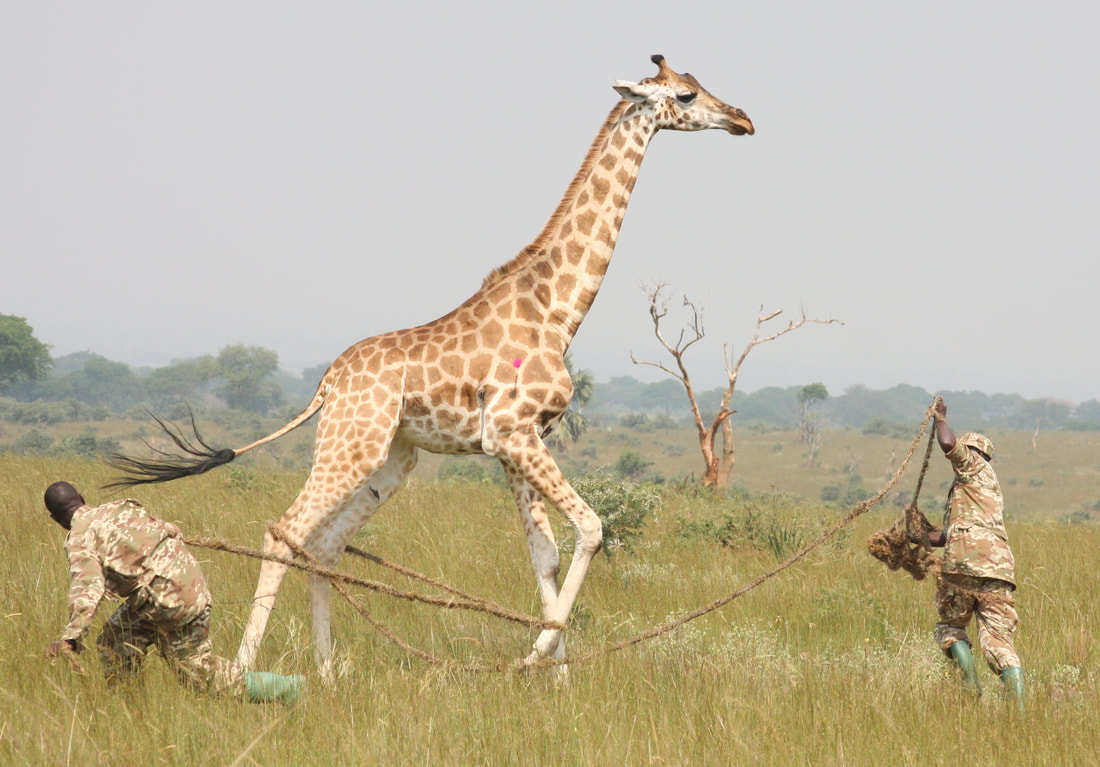

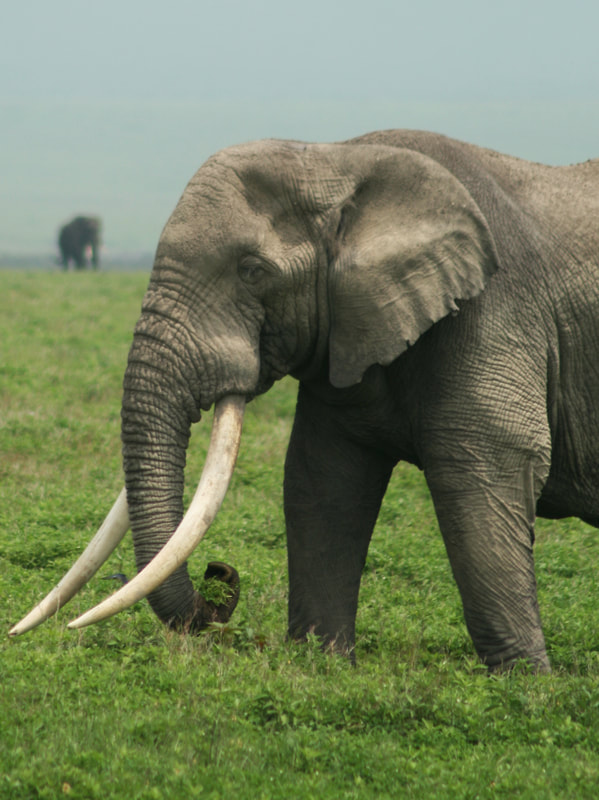


 RSS Feed
RSS Feed
